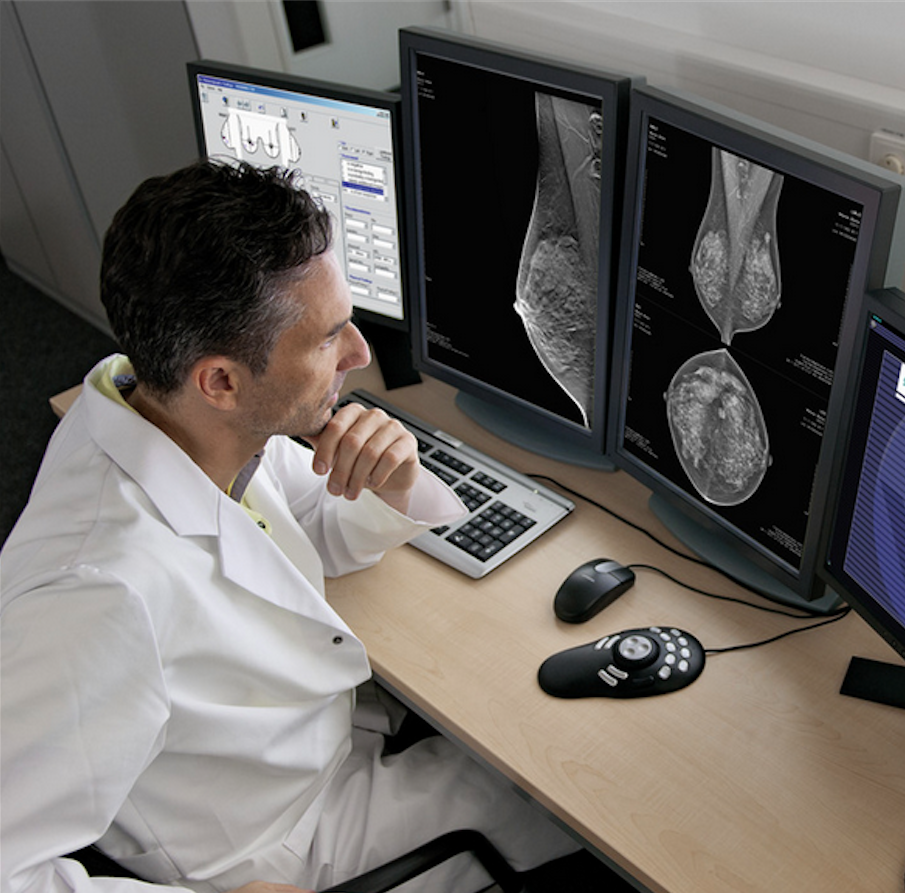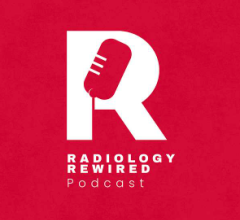Sixty million women undergo regular screening mammography in the United States, but even in the digital age, it is difficult to keep patients connected to their prior mammograms. You would think that with the proliferation of handheld devices and the reach of the Internet it would be easier than ever for patients and physicians to manage clinical images. But in fact, 25 percent of screening patients and 60 percent of diagnostic patients do not have prior mammograms available for comparison at the time of their examinations.[1-4]
Sometimes this is because a woman has moved or changed doctors, but often it is because of technical or policy issues. These issues include:
• A lack of interoperability between clinical systems;
• Unreadable, broken or locked discs;
• Competitive pressure between imaging facilities that discourages the free flow of mammograms (along with those patients).
Unfortunately, the detection and cure of breast cancer is far more complex without access to prior images.
Resounding evidence shows that mammography is more accurate when comparison exams are available. Having prior exams available improves early breast cancer detection,[2] decreases false-positives in screening mammograms,[3] and decreases false-positives in diagnostic mammograms.[1] Access to prior exams can prevent healthy patients from additional unnecessary imaging, follow-up appointments, anxiety, biopsies, radiation exposure and costs. And in the case of patients who do have cancer, access to prior exams allows for immediate diagnosis and treatment.
Interoperability Improves Breast Cancer Outcomes
The difference in accuracy is truly remarkable when you take a quick look at the numbers. When comparison exams are available, breast cancers can be detected 25 percent earlier (stage 0 or 1) and node-positive cancers reduced by 4 percent.[2] False-positive recalls in screening mammograms are reduced by 40-60 percent,[1-5] while false-positive recommendations for biopsies are reduced by 80 percent in diagnostic mammograms.[4] In terms of the patient experience, when no prior exam is available for comparison, the risk of the patient being called back for additional imaging is increased by 260 percent[2] and the risk of a subsequent unnecessary biopsy is 8-24 percent.[6]
Issues With Interoperability Prevents Access to Prior Mammograms
One of the issues that impacts the availability of prior exams is interoperability between disparate information systems inside and outside a health network. In mammography, the development of tools for image storage and retrieval has historically emphasized the isolated data silo concept, with each manufacturer optimizing its own system, at the expense of interoperability.
So, while CIOs often hear about how better health data interoperability will improve outcomes and overall quality of care, the benefits are often vague or theoretical or, in some cases, impossible. But the fact remains that the value added by imaging interoperability in mammography cannot be overstated. Health systems need support to bridge interoperability gaps between electronic medical records and external sources of image data as soon as possible.
The good news is that a cloud-based model promises to enhance interoperability for patients entering the hospital or imaging center systems. Using image sharing, medical records staff may easily procure needed prior comparisons as well as offer patients access to web-based applications for engagement in controlling their own imaging records.
Medical image sharing in the healthcare enterprise can obviate the need for individual practices and hospitals to maintain large and expensive data silos while simultaneously avoiding the associated security-related risks and costs. An enterprise image sharing system also enables data mining, social analytics, and software intelligence. In mammography, the cloud can support a national mammography image database for use in breast cancer research on risk assessment, image data set analysis, multi-institutional collaboration, treatment outcomes, and education.
Real-World Outcomes Improve With Access to Prior Breast Imaging
In a pilot study conducted at the University of Florida Health Jacksonville, an image exchange network almost immediately yielded positive results. In the two months after the image sharing platform was installed, the number of exams read without comparison was reduced by 48 percent, false-positives were reduced by 73 percent and re-reads with addenda were reduced by 30 percent. These benefits extended across the healthcare system promise to improve patient satisfaction, quality of care and compliance while satisfying payer mandates and reducing costs.
Many companies are now offering image exchange networks to help address the issue of prior exams. However, these networks and systems promise to promulgate the same interoperability issues as companies seek to dominate the market. The Mammosphere breast imaging exchange platform, on the other hand, provides secure, patient-portable accessibility to prior exams and is patient-mediated as opposed to provider-mediated. This means access to images can become system-agnostic. Using Mammosphere, patients may request, store, and share their own medical images. And by owning their imaging, patients are empowered to take control of the future of their own health.
Given our complex health system, the journey to interoperability takes dedicated time and collaboration to be successful, and image exchange is a step in the right direction. The end result will elevate the role of specialties that use medical images and enable a cultural shift toward more consultative, collaborative care among clinical specialties. Breast imaging centers will see the immediate value of access to prior comparison mammograms in terms of patient loyalty and increased adoption and adherence to screening.
Editor’s note: Kathryn Pearson Peyton, M.D., is a breast-imaging radiologist whose family has had three generations affected by breast cancer. She practiced high-volume breast imaging in San Francisco and Jacksonville, Fla. for 15 years. In 2012, she retired from her radiology practice and founded Mammosphere Inc., to enable patient and physician access to prior mammograms and other breast exams. Mammosphere became part of lifeIMAGE in 2016.
Related Breast Imaging Content
Watch the VIDEO “How Contrast-Enhanced Mammography Will Impact Breast Imaging,” with Martin Yaffe, Ph.D., FAAPM, senior scientist, physical sciences/imaging research, Sunnybrook Health Sciences Centre, and professor of medical biophysics and medical imaging, University of Toronto.
Watch the VIDEO “What is New in Breast Imaging Technology,” with Stamatia Destounis, M.D., FACR, associate professor, University of Rochester School of Medicine, attending radiologist, Elizabeth Wende Breast Care.
Watch the VIDEO “The Impact of Breast Density Technology and Legislation,” with Nancy M. Cappello, Ph.D., executive director and founder, Are You Dense Inc.
References:



 December 17, 2025
December 17, 2025 









